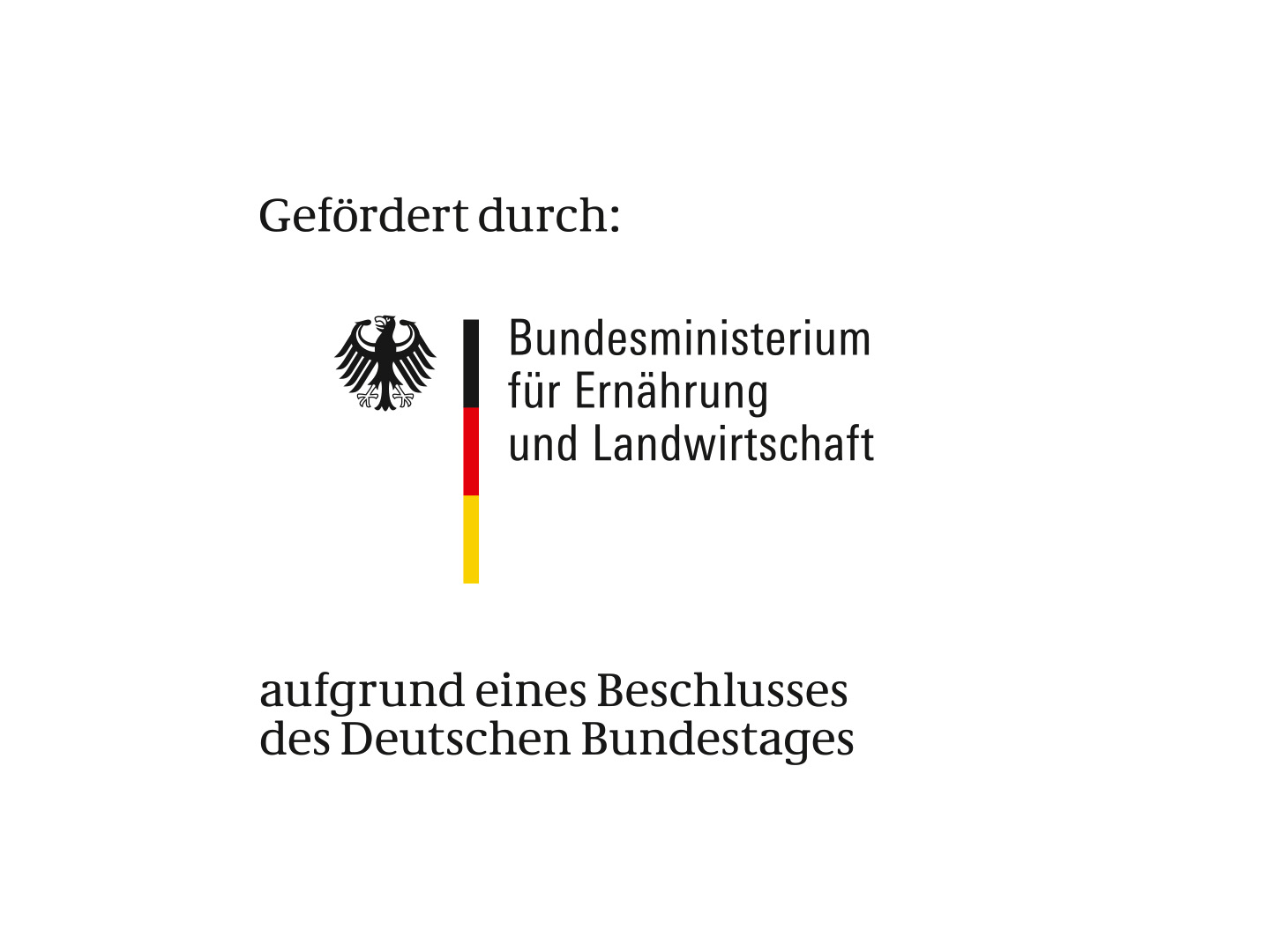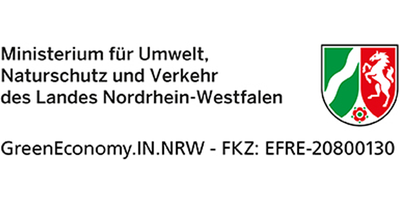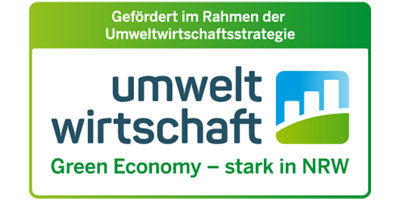The Fraunhofer UMSICHT and the Cornelsen Umwelttechnologie GmbH have developed a new process enabling an efficient and economic PFAS removal from the fire-fighting water on site. This process is based on an existing joint development for the purification of PFAS-contaminated groundwater, and it combines an upstream purification stage with a residual treatment by small amounts of activated carbon. The Fraunhofer UMSICHT developed the process chemicals adapted to real extinguishing water, tested them on a laboratory scale and provided suitable methods for process analysis. Then, the combination process was tested in the mobile pilot plant at the Cornelsen Umwelttechnologie GmbH (see picture). Among other things, the joint activities resulted in a first place at the Innovation Award 2017/2018 and a third place at the Environmental Business Award NRW 2022, awarded by ZENIT e. V., the Network for Economy in North Rhine-Westphalia.
Process transferable to other applications
In the pretreatment stage, the "PerfluorAd®" additive solution is added to the contaminated water which causes the dissolved PFAS compounds to precipitate. As a result, less processing agents have to be used and less PFAS-contaminated hazardous waste has to be disposed of. This leads to considerable cost reductions compared to conventional methods, especially in the treatment of fire-fighting water with a very high PFAS load. The "PerfluorAd®" process combines even more positive aspects: The specific precipitants are selected from the range of green chemicals – that means, among other things: They are based on natural raw materials, pose no danger to humans or the environment and are naturally degraded after use. In addition, the project result can be transferred to other applications for the purification of PFAS-contaminated water:
- Aqueous media from the maintenance of AFFF tanks, reservoirs, sprinklers
and equipment cleaning
- Industrial waste water
- Reverse osmosis and nanofiltration concentrates
- Landfill leachate
- Groundwater
Ecologically and economically advantageous
The aim of the life cycle assessment studies carried out by the Fraunhofer UMSICHT was to compare the "PerfluorAd®" process for the treatment of extinguishing foam water developed in the previous project with alternative treatment processes – adsorption based on activated carbon and thermal high-temperature combustion (benchmarking) – and thus to enable reliable statements to be made about the ecological advantages of the process.
The results of the life cycle assessment show that the PerfluorAd® process outperforms the other two treatment technologies in all environmental impact categories except zone degradation. (Details of the assessment: see "Further information")
 Fraunhofer Institute for Environmental, Safety and Energy Technology UMSICHT
Fraunhofer Institute for Environmental, Safety and Energy Technology UMSICHT


